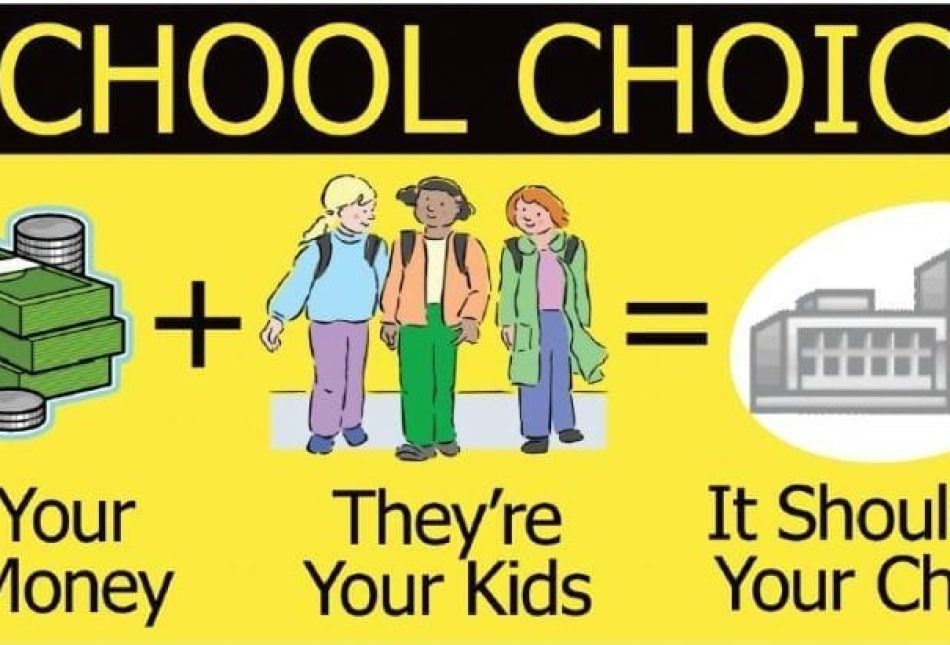State’s Neediest Students Need Education Tax Credits

Note: Education tax credit legislation has been introduced this year in the New Mexico House as HB 333 by Rep. James Strickler
Children aren’t widgets. Each child learns differently, and one-size-fits-all education cannot work for every pupil.
That’s why a growing number of elected officials and school-reform activists support education tax credits. The idea is simple: Shouldn’t parents decide which learning environment is best for their kids? And shouldn’t the options include public, private, or religious schools?
Offering scholarships to low-income children is smart policy for two reasons: boosted academic achievement and tax relief. Here’s how the system would operate: Individuals and corporations would receive tax breaks to fund scholarships to low-income students through qualified nonprofit organizations. Previous bills set the credits at up to $500 for individuals — $1,000 for married couples filing jointly — and up to $50,000 for corporations. Participating students need to qualify for the federal school-lunch program. Parents could use the scholarships to enroll their children in a secular or religious school, a charter school, or a Bureau of Indian Education school.
Tax credits are a longtime policy tool. This year alone, New Mexico lawmakers will consider offering breaks for owners of electric cars, solar-panel manufacturers, buyers of eldercare insurance, and hydrogen-fuel producers. A tax credit for parents who want their children to get the best education possible promises to have an immediate, positive, and far-reaching impact in The Land of Enchantment.
School choice is not untested. A number of states, including Arizona, Florida, Pennsylvania and Georgia, have programs geared to low-income families and/or children with special needs. Demand consistently outstrips supply — parents know a good thing when they see it.
It gets better. Any tax-credit measure could be structured to be “revenue neutral,” meaning it wouldn’t cost taxpayers a penny. The scholarships could be capped — earlier proposals limited the value to a fairly modest $5 million per year. If implemented properly, taxpayers could come out ahead, if the program let the state decrease the level of funding it provides to K-12 schools.
New Mexico’s lawmakers have debated education tax credits for over a decade, but the idea isn’t ideological or polarizing. All of the choice bills drafted during previous sessions have been introduced with bipartisan support, only to fall victim to opposition from party leadership.
A few years ago, Rep. Ray Begaye, D-Shiprock, summarized the underlying rationale for tuition tax credits. “It’s a fairly simple principle,” he said. “It goes back to parents being pro-active and the parents deciding the best educational opportunity for their children.”
School choice works because competition works. When schools compete for kids, kids win and schools win.
Nearly two dozen empirical studies have looked at choice programs. Twenty-two found that choice improves public schools, and one found no impact. But as the Foundation for Educational Choice notes, no study has found that choice harms public education.
New Mexico’s families deserve more education options. Jan. 25-31 is National School Choice Week, and thousands of parents, children, activists, and elected officials across the country will rally in support of a diversity of alternatives for kids. The need couldn’t be clearer. It’s time for New Mexico to embrace education scholarships.
D. Dowd Muska (dmuska@riograndefoundation.org) is research director of New Mexico’s Rio Grande Foundation, an independent, nonpartisan, tax-exempt research and educational organization dedicated to promoting prosperity for New Mexico based on principles of limited government, economic freedom and individual responsibility.

